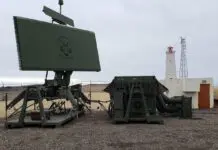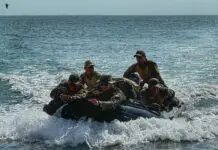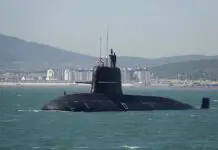The realm of National Defense received, after years, even decades, a breath of fresh air with the confirmation of the purchase of F-16 fighter jets for the Argentine Air Force. However, this necessary acquisition is a necessary condition, yet not sufficient, to recover and stand up the Military Instrument of the Argentine Republic. As of today, the acquisition of the fighter jets is one more item on the long list of recomposing the capabilities of the Argentine Armed Forces. One of these is the necessary restoration of land domain capabilities, long neglected in favor of dual-use acquisitions and logistical components. The Argentine Army, the force among the three branches of the Armed Forces with the greatest territorial deployment capacity and presence in the vast national geography, also requires the necessary attention to materialize various long-term plans and capacity incorporations.

It is an obvious fact, which requires no further proof than the observation of recent global conflicts, to demonstrate that air power alone cannot win wars against adversaries presenting sufficient quantity and complexity of means. Air capabilities must be complemented with land, naval, and, more recently, cyberspace and space capabilities; the latter two increasingly predominant in the military planning of major powers, leading to the decision to create military branches specifically focused on these domains.
However, as demonstrated by the Ukrainian battlefields, land dominance, with trench warfare in eastern Ukraine, combat between infantry and mechanized units, and artillery duels supported by aerospace and naval means, still determines the fate of the conflict, its advances and setbacks, gains, and losses. These lessons demonstrate that air capabilities alone, understood as the deployment of fighter jets, bombers, and other weapon systems, are not sufficient to prevail in a high-intensity conflict. This is especially true when both opponents possess multi-layered air defense capabilities that can cover from very short range to distances of hundreds of kilometers in a geographical area.
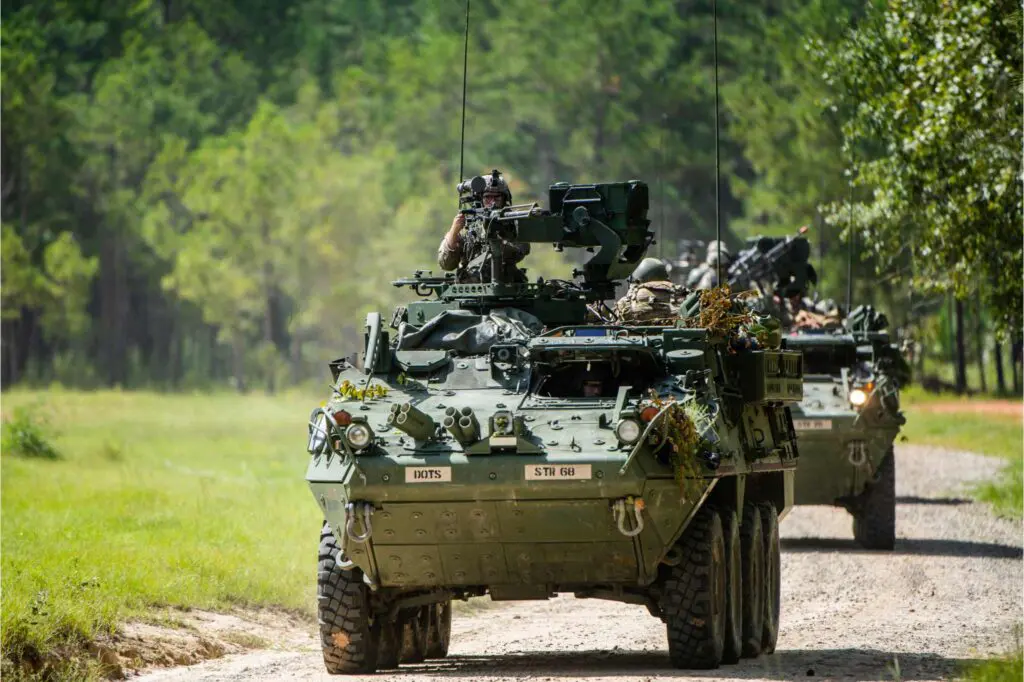
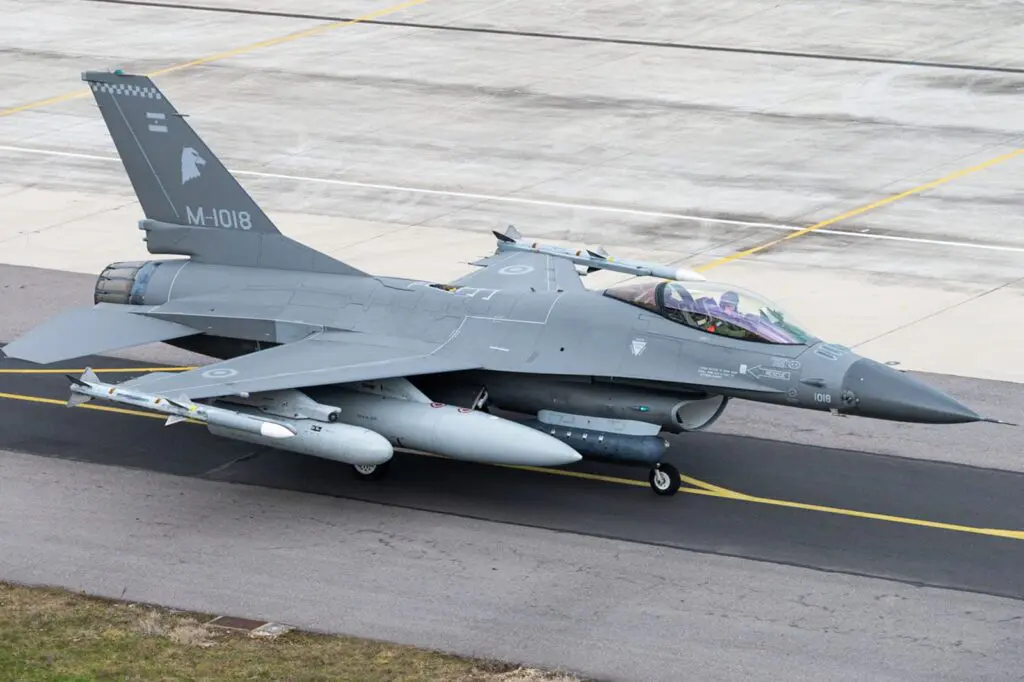
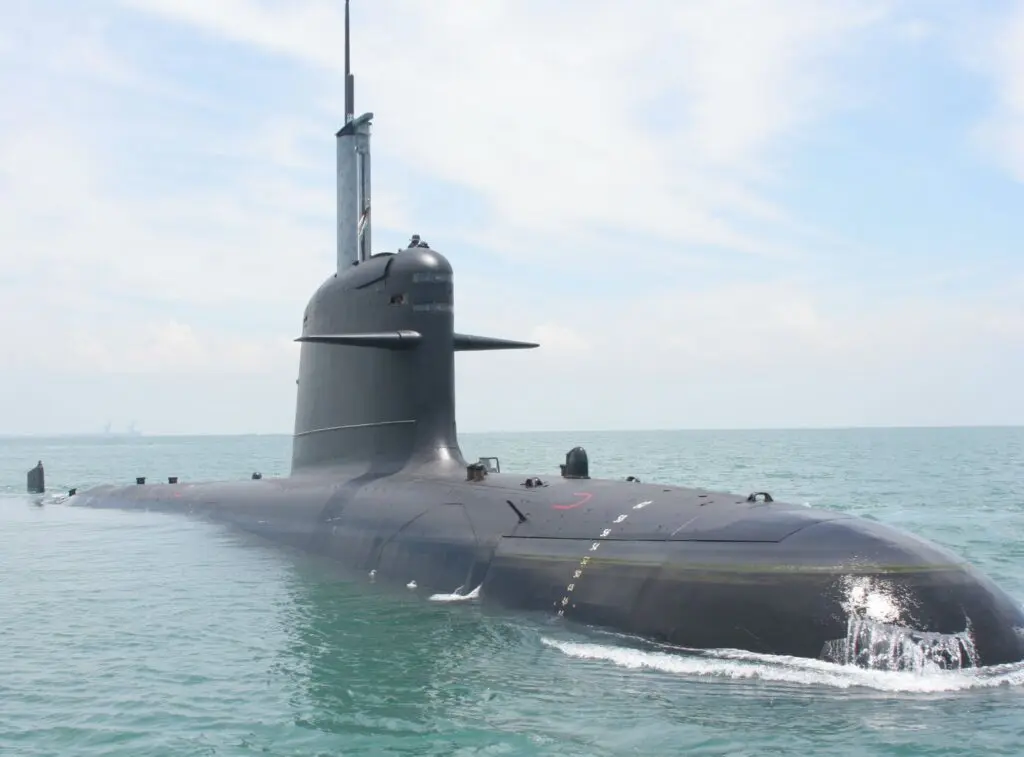
So, how do these briefly outlined issues apply to the Argentine Armed Forces? Firstly, the acquisition of fighter jets alone is not the “silver bullet” to send an effective message of strategic deterrence to potential adversaries. It must be done in conjunction and combination with land and naval capabilities, as well as, to the extent possible, understanding the state of national material capabilities, in cyberspace and space domains.
In the land domain, the Argentine Army has promoted various initiatives in successive acquisition plans that never received the necessary support to progress beyond the signing of Letters of Intent. One of these, gaining increasing prominence, is the incorporation of a family of Wheeled Armored Combat Vehicles (VBCRs), which could translate into the most important equipment purchase for this force in decades. Presumably, since the last combat vehicles of the TAM family rolled off the production line.
Following plans disclosed by various sources in previous years, the original requirement of the Argentine Army is the acquisition of 209 armored vehicles in various configurations and functions. More specifically: 120 Armored Personnel Carriers armed with an M2 12.7mm machine gun, 27 Infantry Fighting Vehicles armed with a 30mm cannon, 14 Tank Destroyers, 12 Mortar Carriers, 9 Command Vehicles, 9 Ambulances, 8 Recovery Vehicles, 6 Bridge Layer Vehicles, and 4 Gap Crossing Vehicles; intended for the aforementioned Medium Wheeled Brigade within the Rapid Deployment Forces.
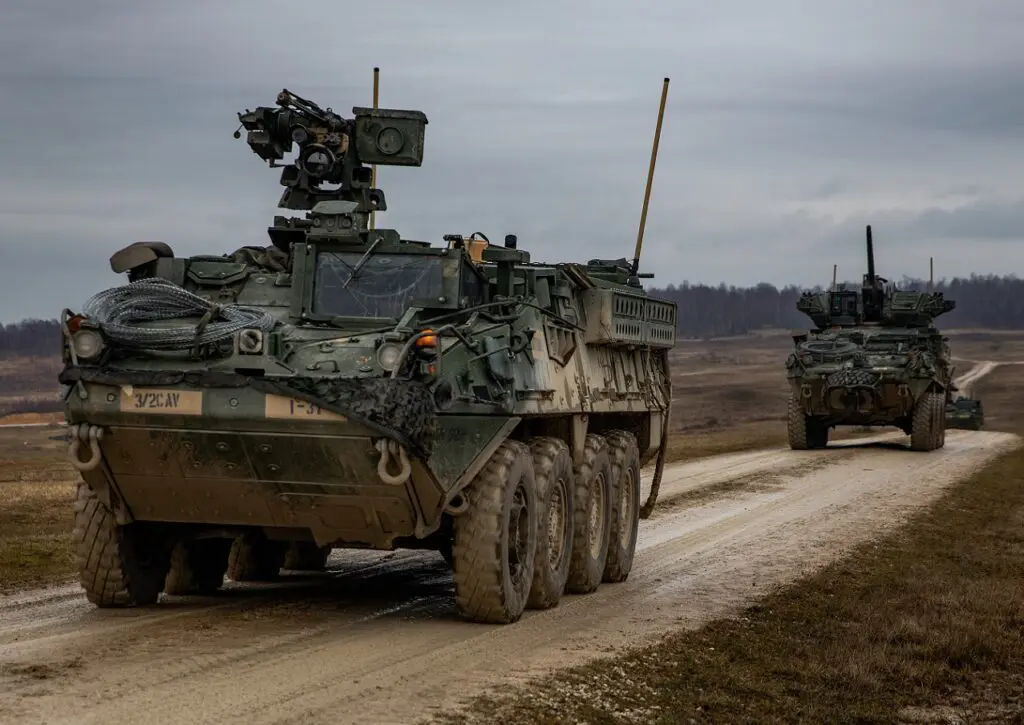
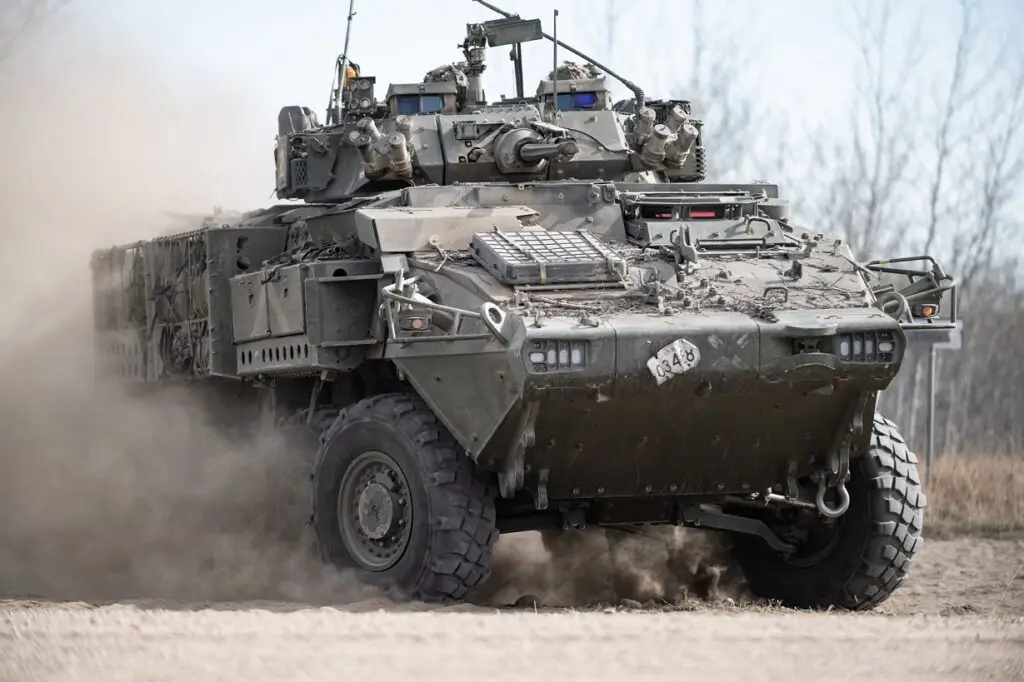
As of today, multiple proposals from regional and other sources have been considered. Despite the signing of the Letter of Intent for the Guarani 6×6 VBCR, the Brazilian option has been sidelined by others presented by the United States and Canada, which offer the M1126 Stryker family in the first place and the LAV III family, with options of second-hand vehicles from the stocks of the US Army and New Zealand. Advancing with some of these proposals, with the incorporation of initial batches, would allow the army to incorporate a capability that it currently lacks, unlike its regional counterparts, and subsequently advance with the incorporation of more armored vehicles in different versions.
However, just like with the F-16 fighter jets for the Argentine Air Force, if this new capability to be provided to the Army in the form of new VBCRs is not associated with other capabilities, we would find ourselves in the same situation as with the fighter jets. This understanding encompasses the necessary combination of weapon systems and sustainment and maintenance capabilities.
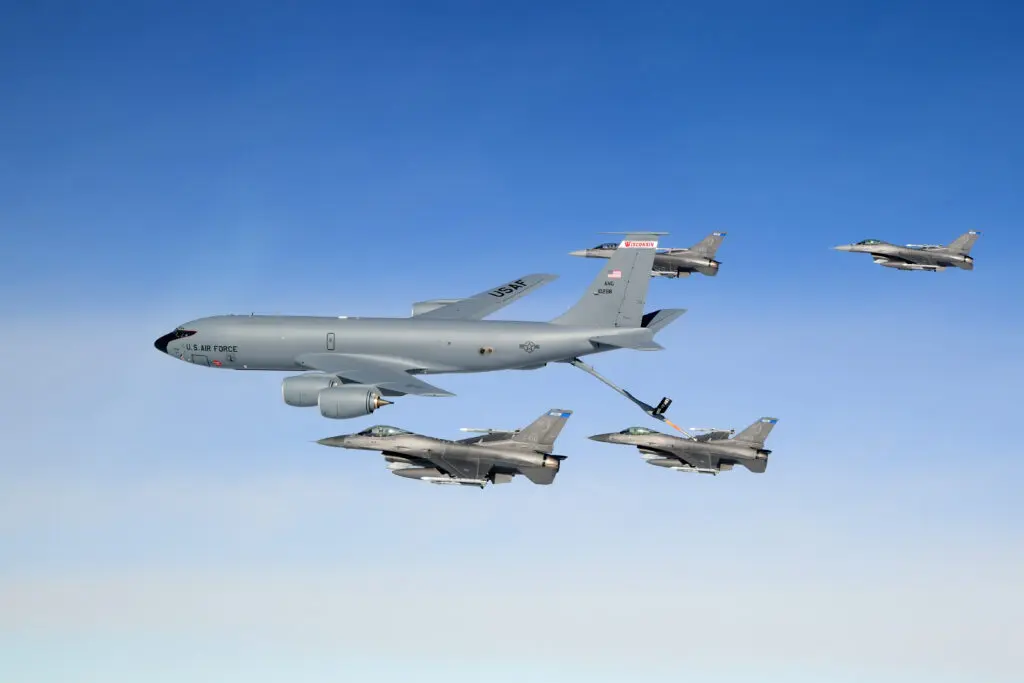
As demonstrated by current international events, in addition to the weapon systems to be incorporated, industrial capabilities for their sustainment must be added, along with a necessary network of suppliers. This includes basic components to ensure their operability, as well as the necessary provision of ammunition so that, firstly, personnel and crews have what is necessary for training and readiness, and, in the event of the worst-case scenario, to effectively engage in combat.
While all the previously mentioned might seem obvious to the common reader and enthusiasts, reality has shown that many past incorporations for the military instrument, once received and incorporated, did not receive the same resources for their sustainment and use in peacetime. Aircraft arrived and basic maintenance capabilities were not sustained over time, and efforts were not made to incorporate the full range of armaments promised in negotiations. This situation, which must be studied and analyzed carefully, cannot be allowed to occur again, regardless of whether we are talking about a combat aircraft, an armored vehicle, or a ship.
Certainly, in this brief note, many issues may have been left unenumerated. The only conclusion we can draw is that the isolated incorporation of weapon systems is not sufficient condition to solely recompose the capabilities of the Argentine Armed Forces. The incorporation of new equipment must be combined in order to possess the capability of combined and joint response in those situations where the military instrument, whether in peacetime or conflict, must be employed to guarantee the strategic interests of the Nation.
*Photographs used for illustrative purposes.
You may also like: After the purchase of the F-16s, these are the reequipment projects for the Argentine Armed Forces awaiting definition




